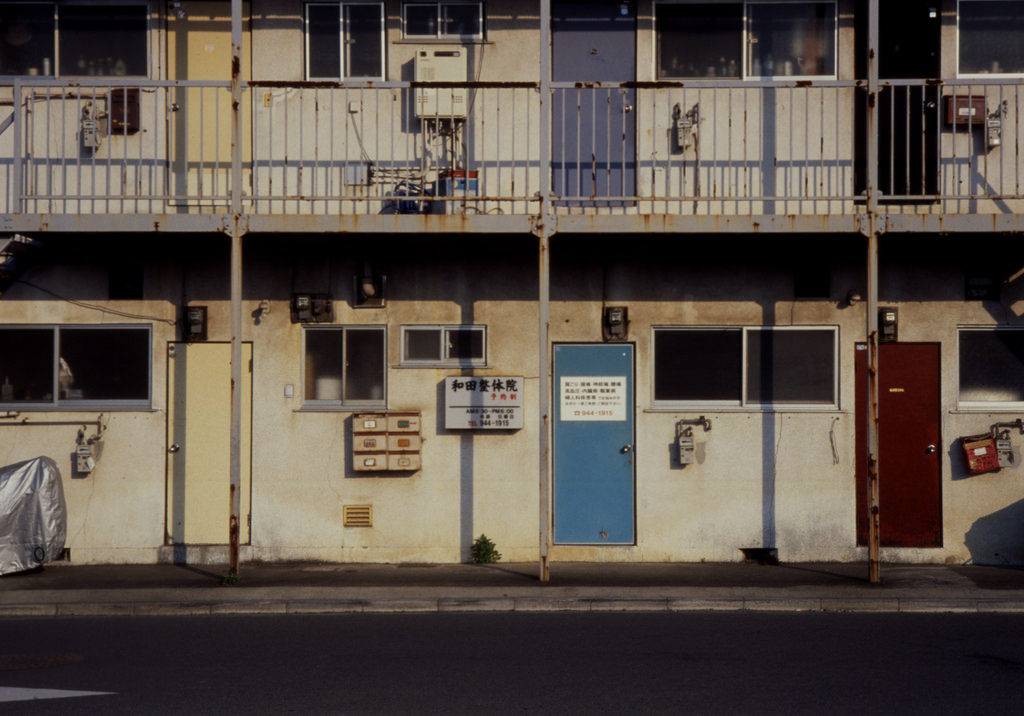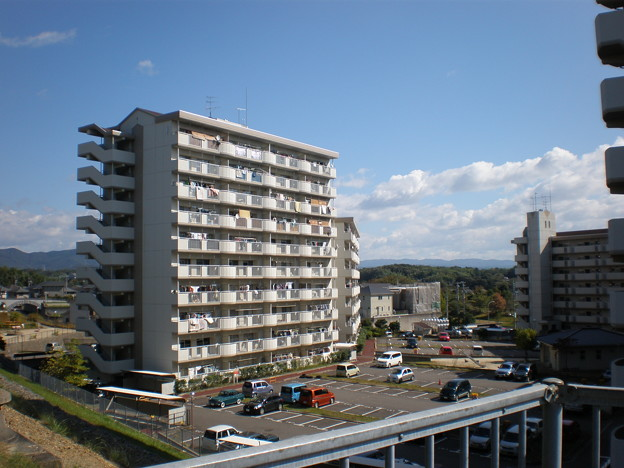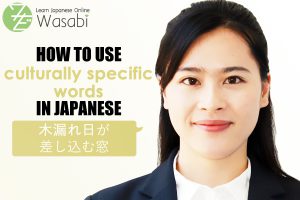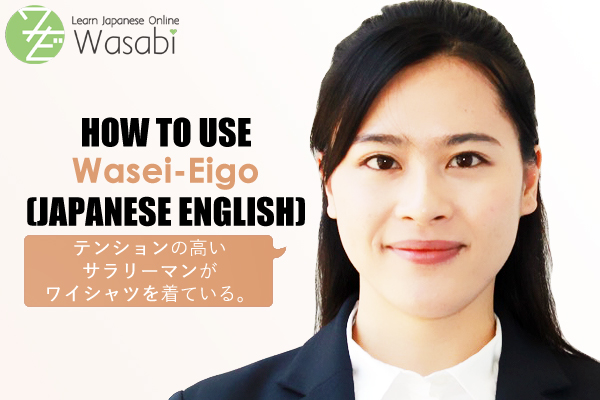How to use Wasei-Eigo (Japanese English)
Welcome back to our “Video & Article” series with tutor Miki. In this article and video we will take a look at “Wasei-Eigo”. Wasei-Eigo, or Japanese English, refers to originally English terms whose meaning has changed after they were integrated into the Japanese language. They look like English words, but their original meaning has changed.
| Table of Contents [Introduction] [Difference between Wasei-Eigo and Gairaigo] |
[Introduction]
In today’s lesson, we will look at “Japanese English”, sometimes also called “Japanglish” or “和製英語”, Wasei-Eigo in Japanese. Wasei-Eigo refers to Japanese expressions which were created in Japan by borrowing words from overseas, especially from the English language. Wasei-Eigo is not to be confused with “外来語”, Gairaigo, which are loan words.
[adsense]
[Difference between Wasei-Eigo and Gairaigo]
The difference between Gairaigo words and Wasei-Eigo terms is that Gairaigo words retain their original meaning, while the meaning of Wasei-Eigo words has changed from the original English meaning.
For example, the Japanese word “ペン” refers to a pen in English. The meaning is the same in both Japanese and English, so this is a Gairaigo word.
However, the term “アンケート” in Japanese means “questionnaire” in English, hence “アンケート” qualifies as Wasei-Eigo.
In today’s lesson we will introduce six common Wasei-Eigo terms!
[テンション]
As you may have guessed, the Japanese term “テンション” derives from the English word “tension”. But in Japanese, “テンション” refers to a person’s mood or energy level. This word is often used in combination with “高い” (high) and “低い” (low). Unless there is a specific positive statement before or after, “テンションが高い” has a slightly negative connotation.
Let’s look at some examples:
朝から超テンション高いねー。
Literal: You have a very high energy level from the morning.
Meaning: You are so hyper from the morning.
Another example:
どうしたの?テンション低くない?
Literal: What’s wrong? Isn’t your energy-level low?
Meaning: What’s wrong? Are you feeling down?
[サラリーマン]
“サラリーマン” is a very famous Wasei-Eigo term. Some might think that this refers to “salaried workers” – this is not entirely wrong. However, the word “サラリーマン” has a different nuance. Rather than referring to salary based business men, the Japanese term “サラリーマン” is closer to the meaning of “a regular (male) company employee”.
If you want to get a better feel for what “サラリーマン” means, try looking into “サラリーマン川柳”. These are short poems written by Japanese Salary-men, describing the daily struggles Japanese men face as company employees in a very comical way.
[ワイシャツ・Yシャツ]
“Y-Shirts” or “Waishirts” refers to mostly white dress shirts or business shirts. While the word “T-Shirt” makes sense both in English and Japanese, since the T-shirt forms the shape of the letter “T”. However, Y-Shirts do not form the shape of a “Y”.
“Y-Shirt” probably derives from the English “white shirts”, but refers to dress shirts and shirts worn with suits. Since the meaning and writing both have changed, “Yシャツ” is Wasei-Eigo.
ワイシャツのボタンが外れた
。
The button came off of my dress shirt.
[バイキング]
“バイキング” refers to buffet/all-you-can-eat style restaurants. So please don’t be scared when someone tells you that they are going to a Viking style restaurant. No helmets with thorns or axes are involved, usually.
バイキング式レストラン
Viking style restaurant/buffet/All-you-can-eat restaurant
[マンション・アパート]
When Japanese people say they live in a “マンション”, they don’t don’t mean that they live ina large impressive mansion or villa. “マンション” is nothing more than a type pf apartment building or condominium.
In addition, there is a lot of confusion around the vocabulary “アパート” and “マンション”. Both of these terms are Wasei-Eigo terms, and hence used differently from their original meaning.
While “マンション” actual refers to apartment style buildings, “アパート” derives from the English term “apartment”, and does also refer to an apartment building. The difference in these two terms lies in the way the buildings are constructed.
“アパート” are usually wooden structures using light steel materials, and they are usually only two-three stories high and have an somewhat cheaper image.
“マンション” are usually high-rise residential buildings which are constructed with heavier concrete materials and thicker walls. They are considered a bit more fancy than “アパート”.


[フロント]
The last Wasei-Eigo term we will look at today is “フロント”. This word comes from the English word “front”, but refers to a front desk or reception desk at a hotel.
ホテルのフロントはどこですか?
Where is the reception desk of this hotel?
That is everything for today’s lesson. We hope that this helps you understand what Wasei-Eigo means and how these terms differ from their original meaning. If you would like to learn more about this topic, feel free to book a lesson with one of our native, qualified Japanese tutors anytime!
| 和製英語 | Wasei-Eigo, Japanese word constructed from one or more English words |
| 外来語 | Gairaigo, loan words, foreign origin words |
| アンケート | Questionnaire |
| 日本製 | Made in Japan |
| 語源 | Word root |
| ruby>語彙 | Vocabulary |
| テンション | Mood, spirit |
| サラリーマン | Office worker, company employee |
| Yシャツ | Business shirt, dress shirt |
| バイキング | Buffet, All-you-can-eat style restaurant |
| マンション | Apartment building, condominium |
| アパート | Apartment building |
| フロント | Front desk, reception desk |

How to use Double Negatives in Japanese

Learn Three Japanese Words with no English Translation



